Why Most Beauty Brands Fail at Product Stability—And How to Avoid It Like a Pro Formulator
Let’s stir up some magic in the lab—today’s hot topic is all about making sure your products are stable, every single time!
Let’s be real: gorgeous packaging and clever marketing might convince someone to try your product once—but only a stable, high-performing formula brings them back. And yet, stability remains one of the most overlooked and misunderstood aspects of cosmetic formulation.
Far too many beauty founders focus on actives, textures, and scents (which are absolutely important), but forget to ask the critical question: “Will this formula actually remain stable for 6, 12, or even 24 months under different conditions?”
If you’re aiming to scale, sell internationally, or meet global regulatory standards—especially in markets like the EU, UK, or US—product stability is not a luxury. It’s a non-negotiable.
What Stability Really Means in Cosmetic Formulation
When we talk about product stability, we’re talking about a product’s ability to maintain its intended physical, chemical, and microbiological properties over time and across varied conditions. A stable cosmetic should keep its colour, texture, and scent; retain its pH and viscosity; remain free from microbial growth; preserve the effectiveness of actives; and maintain phase integrity. If any of those qualities degrade over time (within the expected shelf life of your product), you’ve got a stability issue that could affect not just the product—but your brand.
Why Formulas Fail: Common Causes of Instability
One of the biggest culprits in unstable products is emulsion separation, usually caused by mismatched emulsifiers, too large cool-down phase, incorrect oil-to-water ratios, or manufacturing slip-ups like poor temperature control or over-shearing. This can be avoided by selecting the right emulsifiers and co-emulsifiers, using proper stabilisers, managing the cool-down phase and carefully controlling production conditions.
pH drift is another common challenge, particularly in formulas with actives that interact or preservatives that don’t hold up over time. This can lead to destabilised emulsions or reduced efficacy. The fix? Monitor and adjust pH, and include a chelating agent like sodium phytate or tetrasodium glutamate diacetate (see our blog post about formulation frenemies to learn more about pH).
Oils and butters, especially if they’re fresh and natural, are prone to oxidation. Without proper antioxidants (think tocopherol or rosemary CO₂), exposure to light or heat can ruin your product. The right packaging—like airless pumps or opaque bottles—can make all the difference in prolonging your formula’s shelf life.
Preservative failure and microbial growth are another red flag, particularly in water-rich products. Even natural and anhydrous products can grow mould under certain conditions. Always sanitise your equipment, choose a robust preservation system, and perform a challenge test if possible.
Let’s not forget fragrance fade or oxidation, often a result of volatile essential oils and poor solubilisation. And colour shifts can happen with natural pigments or sensitive botanicals if they’re not properly stabilised over time.
Thickening or thinning over time? That’s usually down to polymer instability, poor gum selection or mixing, or pH shifts. Choose thickeners suited to your pH range and formula type, and don’t overdo it—too many gums can ruin the texture and lead to “snail trail” effects.
What Real Stability Testing Looks Like
For any serious formulator, a proper stability test involves storing your product at different conditions—room temperature, elevated temperature, and possibly light exposure—and observing changes at regular intervals (e.g. day 0, 7, 30, 90, 180). At each checkpoint, check colour, texture, scent, pH, microbial growth, and packaging integrity. Document everything with photos and detailed notes. This is your evidence, your assurance—and your legal safety net. I highly recommend preparing a small budget aside to hire the services of a specialised testing lab to conduct this test for you, as well as a preservative efficacy test. These two foundation tests will be the best assurance you can have that your formula is safe and stable and the lab will be able to determine the shelf life of your product based on the test results.
Stability Starts at the Formulation Stage
The truth is, if you wait until testing to think about stability, it’s already too late. The most successful formulators start with stability in mind. That means using ingredients from reliable suppliers, checking compatibility, maintaining detailed batch records, adding chelators and antioxidants from the start, and testing pilot batches before scaling.
And yes—packaging is part of the formulation conversation. Choose packaging that protects your formula, not just looks pretty on a shelf.
Why Stability Is a Business Must-Have
When a product separates, changes scent, grows mould, or shifts in colour, it’s more than an aesthetic issue—it’s a brand liability. Instability leads to customer complaints, refund requests, lost retail contracts, and possibly even regulatory action or product recalls. So when you invest in stability, you’re not just protecting your formula. You’re safeguarding your brand’s credibility and future.
Before saying goodbye, let me leave you with my final thoughts: Build to Last, Not Just to Launch!
Stability is the quiet hero of every best-selling beauty product. It’s what turns a one-time sale into a loyal customer. Whether you’re DIYing or working with a lab, take the time to understand your ingredients, document your process, and test your product in real-world conditions.
Because customers don’t just fall in love with pretty labels—they fall in love with how a product feels, smells, and performs from the first use to the last. And that kind of consistency only comes from formulas that are built to last.
Want More Formulation & Stability Tips? Follow us for expert content on cosmetic formulation strategy, ingredient compatibility, natural product preservation, and smart regulatory planning for beauty founders. Let’s keep creating products that truly perform—safely, beautifully, and consistently.
Here’s to formulas that work and brands that thrive!
From My Lab to Yours!
Rose

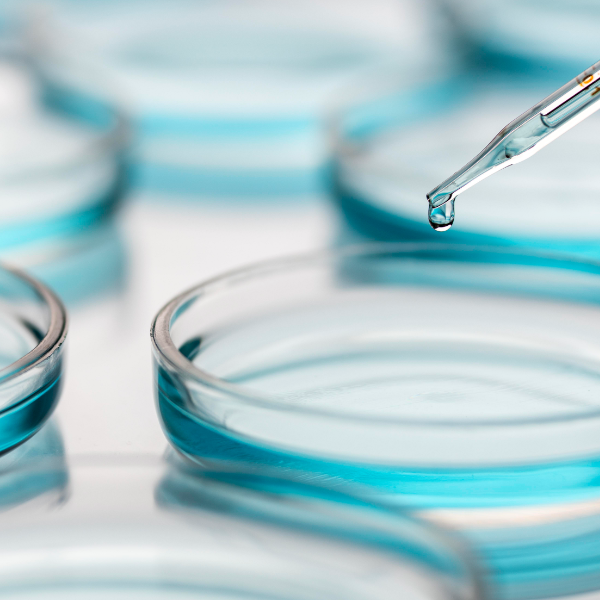
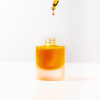


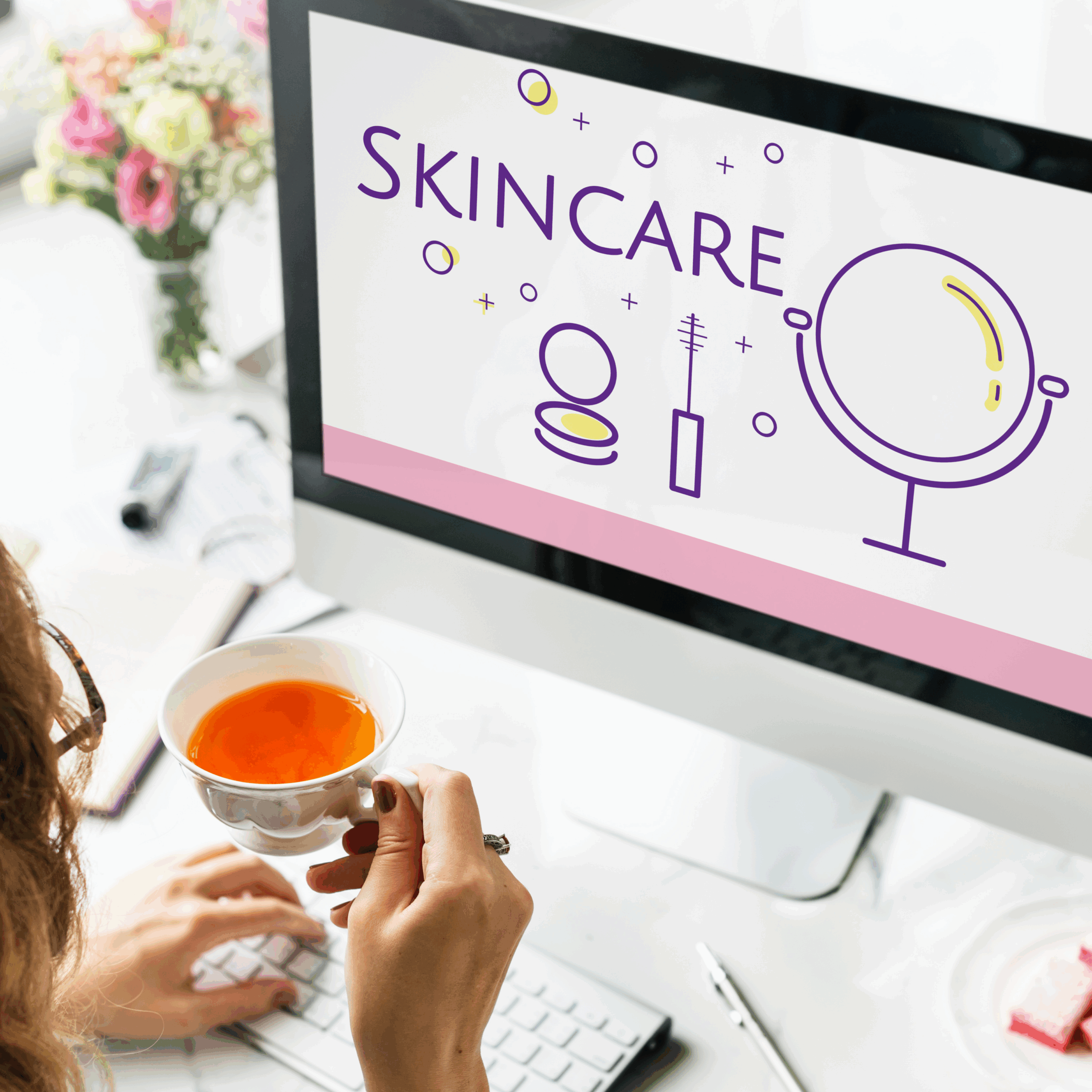
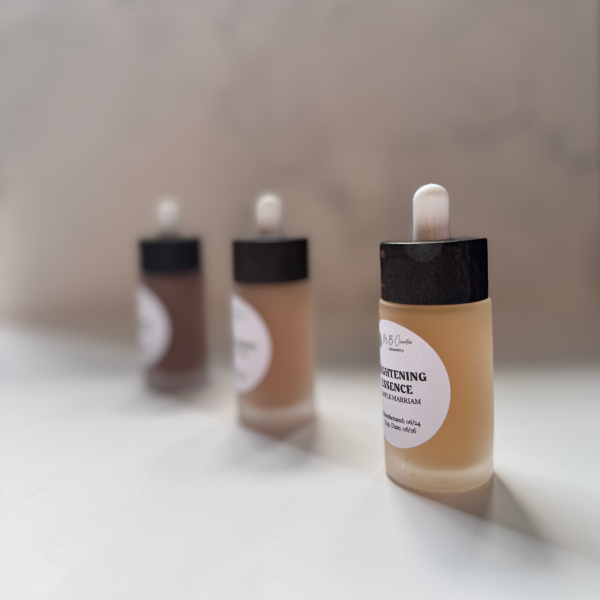
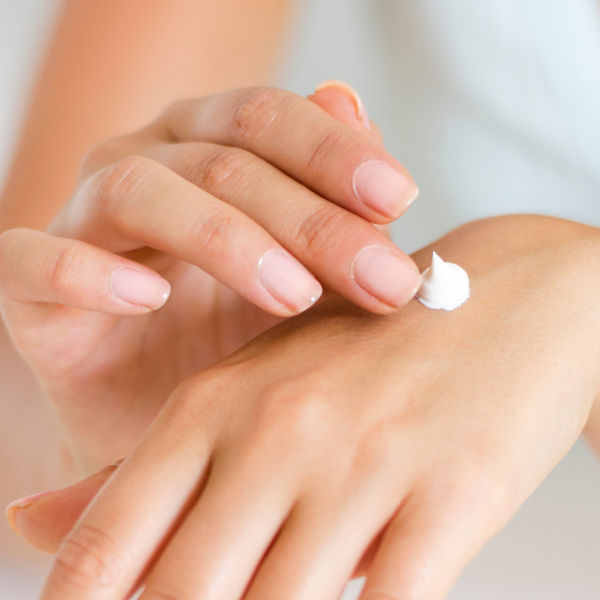
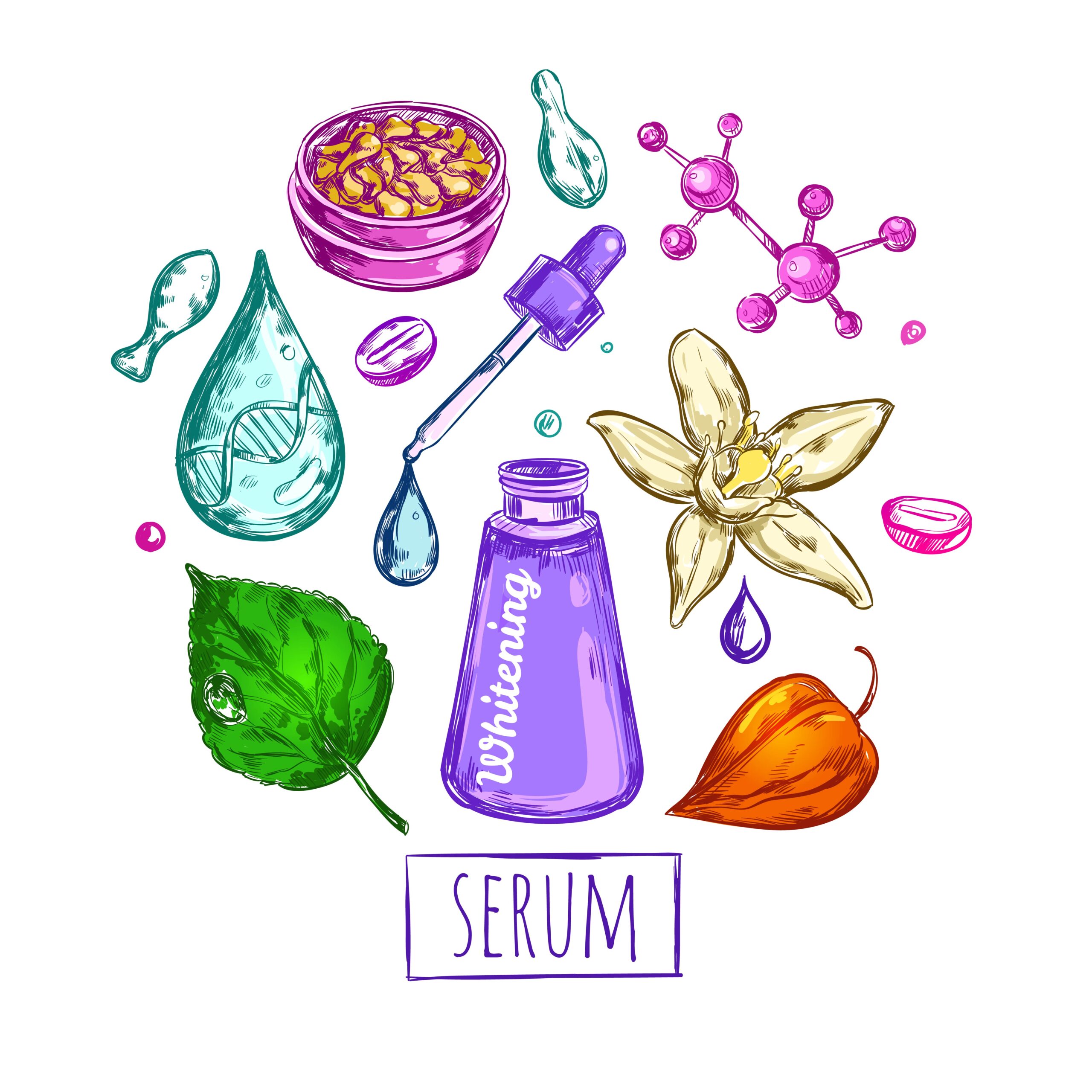
Add comment